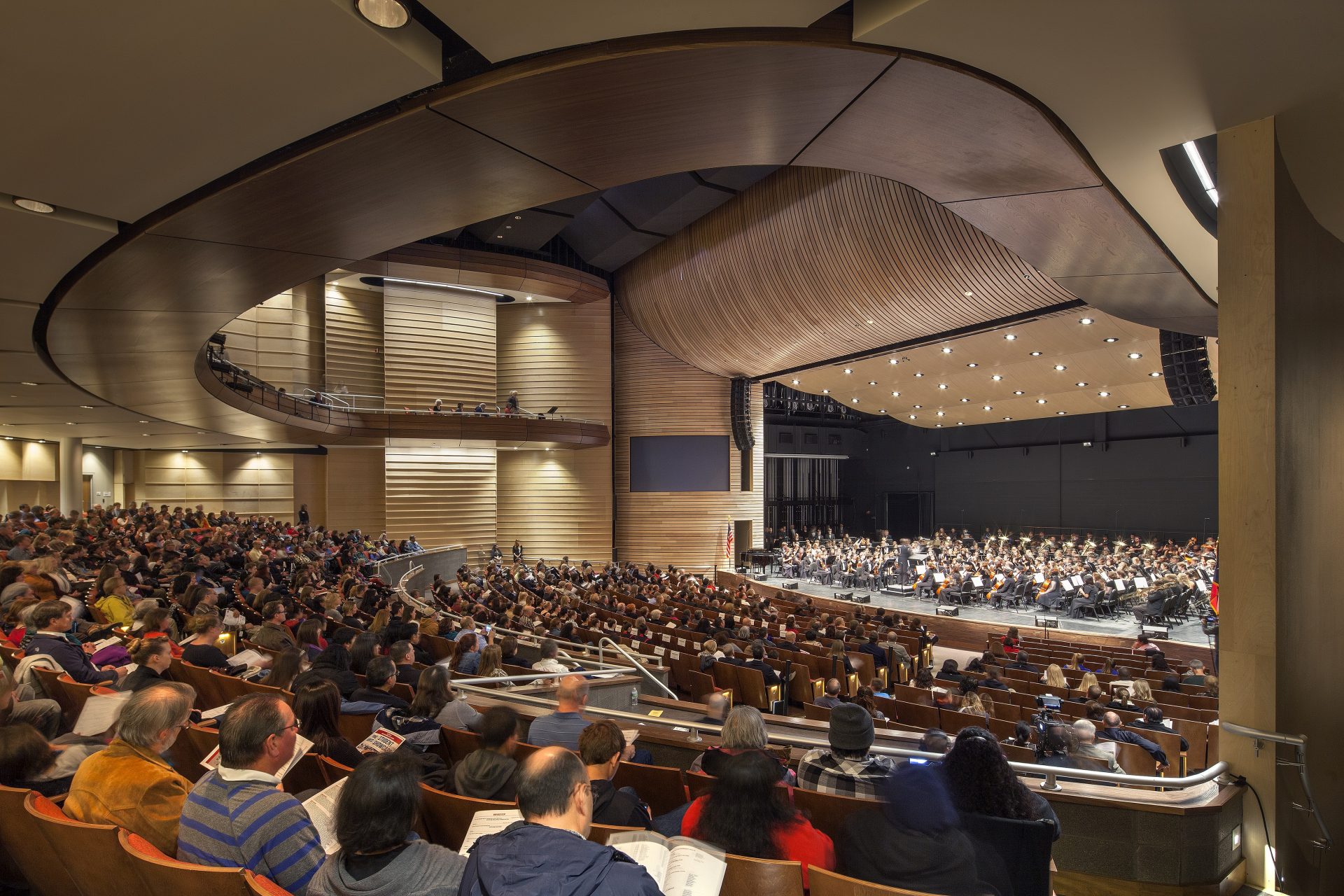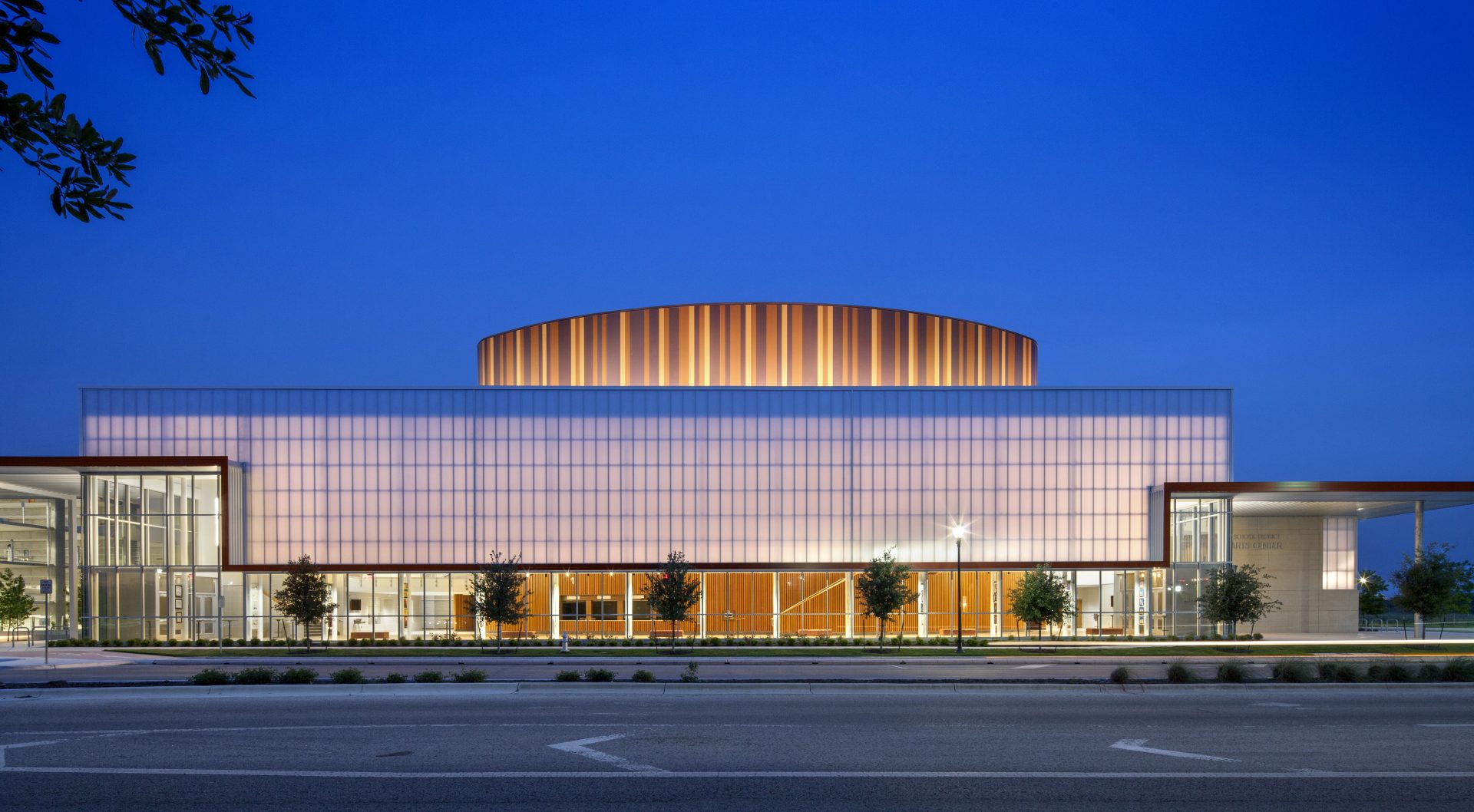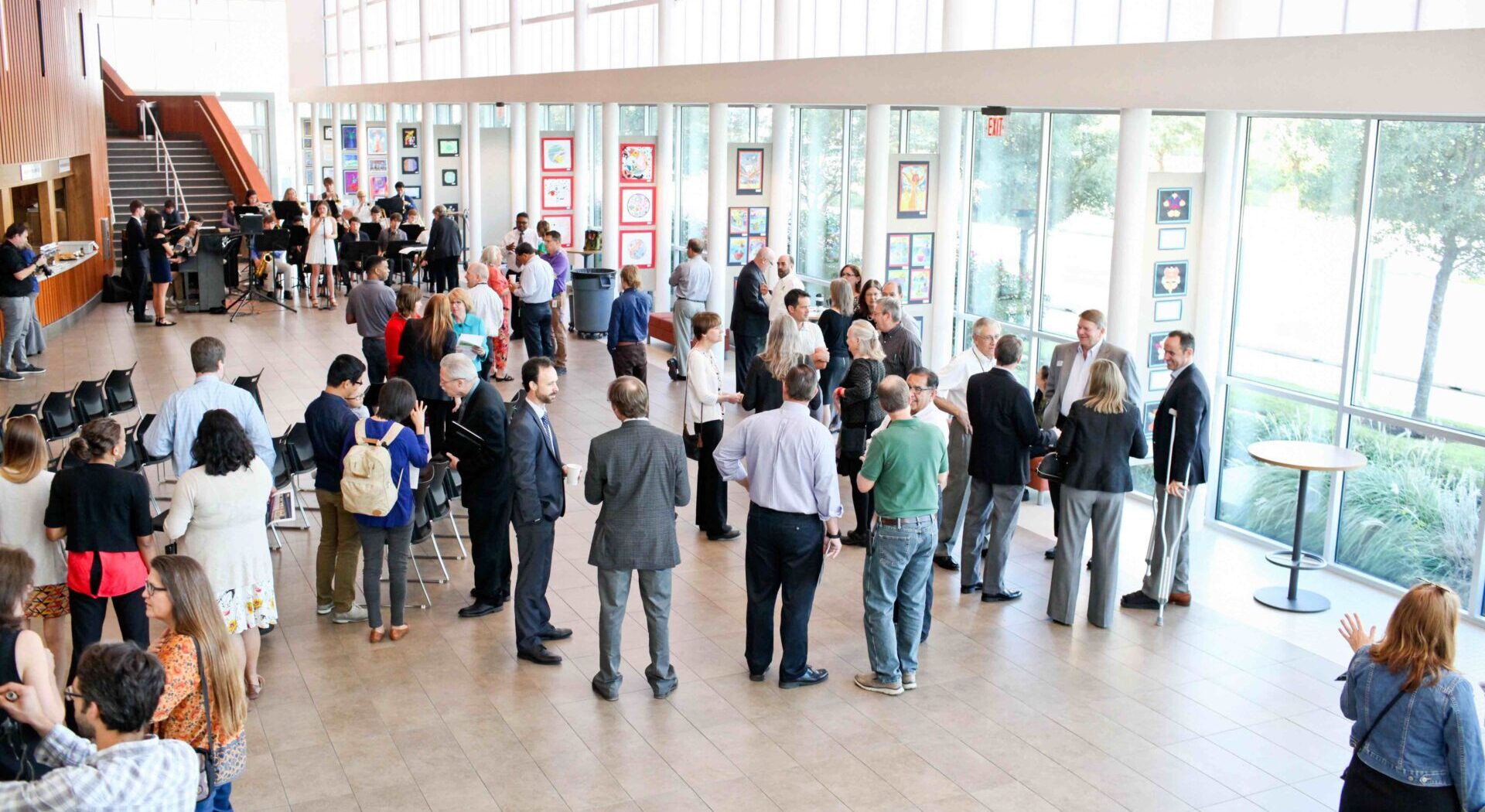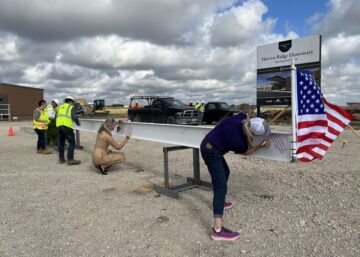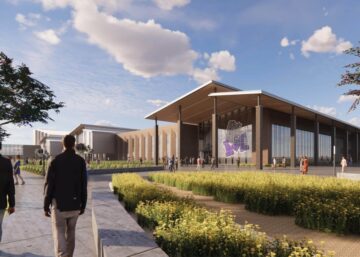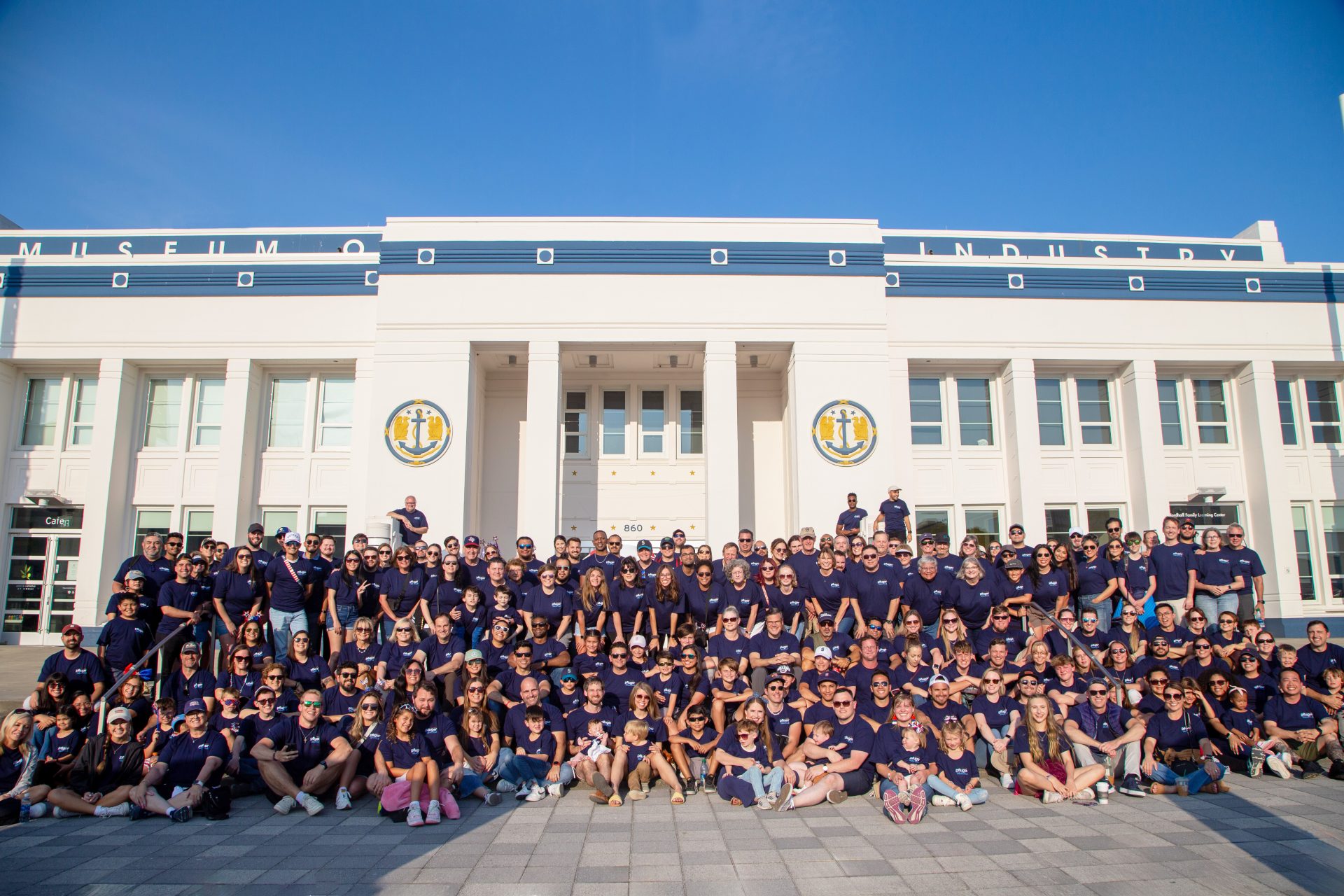By Jessica Molter, AIA, LEED AP BD+C
If you ask any architect, they have a handful of projects that stand out in their career as the projects that define them, the ones that they still think back upon and wish they’d have the chance to do it all over again. The reasons a project stands out might differ, but the underlying theme is that it was inspiring, it kept you awake at night, and it brought you purpose.
When I think back on mine, the Austin Performing Arts Center (PAC) for Austin Independent School District (AISD) is the first to come to mind. I lost a lot of sleep over the project. It was all-consuming. was exacting. It was at times, overwhelming, and I wouldn’t have changed a thing.
Everything about this project was exceptional, but several factors really stood out.
The program:
This was AISD’s first district-wide fine arts facility, serving 83,000 students. It was to be a hub for the arts. When students and the community went there, we wanted them to know they were valued and that their passion for the arts was important.
The site:
It was AMAZING! The site was a former airport runway—almost four acres of urban infill in the heart of Austin, Texas. This redevelopment had high standards for sustainability and pedestrian comfort and required an independent architectural review process throughout the entire design process.
The people:
The Fine Arts Director, Greg Goodman, had a clear vision for this project. He wanted the building to be the best in every way possible. His passion for this building was infectious, and it was impossible not to be inspired to go the extra mile. We were also fortunate to have a talented and dedicated team, including associate architects, MiroRivera, Schuler Shook theater consultants, BAI acousticians, and American Constructors as our builders, who each shared our vision to do something special.
These factors, and so many more, led to the most challenging and rewarding project of my career.
The building opened in December 2015 and has been a workhorse for AISD for almost a decade. The venues are booked six days a week, year-round and I repeatedly hear that there is so much demand for the building that they could use a second one just like it.
As someone who has dedicated their career to designing educational facilities that support our client’s educational vision, I was curious how the building was serving their needs. So, with that in mind, it seemed like time to follow up with the district and see what worked and what we could have done better. The following is what I learned.
Hosting theater and music competitions is the primary use of the facility. In fact, in 2023, AISD hosted 26 high school and middle school UIL competitions at the PAC—all of which lasted for multiple days. When asked how the building functions for this purpose, the answer was overwhelmingly positive. (A good thing since that was the highest priority in our design!) Some of the features that are working well are:
- The tunable acoustic drapes in the main hall that adjust at the push of a button for performances.
- The entrance. Storage and circulation for student competitors work well for large crowds.
- The staircase connecting the orchestra pit to the roof and every level in between.
(This feature improves safety and access to these different levels and is enjoyed by everyone.)
In hindsight, they would have liked to have had a motorized pit-filler and the ability to fly the legs of the orchestra shell into the loft at the main performance hall to speed up transitions different types of performances.
Since it is constantly evolving, technology was another topic of conversation. Some upgrades have been made to the lighting, converting it to LED. Other systems, like projectors and the associated interfaces, are at the end of their life and will need to be replaced soon.
Space is always a premium, and we were fortunate that AISD opted to build out the buildable area of the site. This afforded us some unexpected but very appreciated unprogrammed square footage just behind the main stage. The space has transformed over the years to support the needs of a new summer theater program and includes a scene shop, scene storage, and costume shop. In addition to supporting the summer program, these shops loan out costumes and theatrical & AV equipment to campuses across the district. In addition, some unused office space was converted into the district TV station—a welcome addition to the venue. Since they are collocated, the PAC benefits from the recording equipment housed there as well.
One great thing that we continuously heard was that when people come to the building for the first time, they think that it just opened because it’s so nice and well-maintained. This is a testament to not only the durable materials and finishes incorporated into the design but also to the commitment by AISD to maintain the building in tip-top shape.
Going back to the PAC was like reconnecting with an old friend. Revisiting this space brought back all the great memories from the design process, and I can only hope to have the opportunity to match this experience again someday.
In conclusion, the feedback we received from AISD after almost 10 years of heavy usage by a diverse range of fine arts students and programs suggests that the initial design successfully fulfills the needs of the school district and the community. We received some valuable insights that we will incorporate in future projects.
